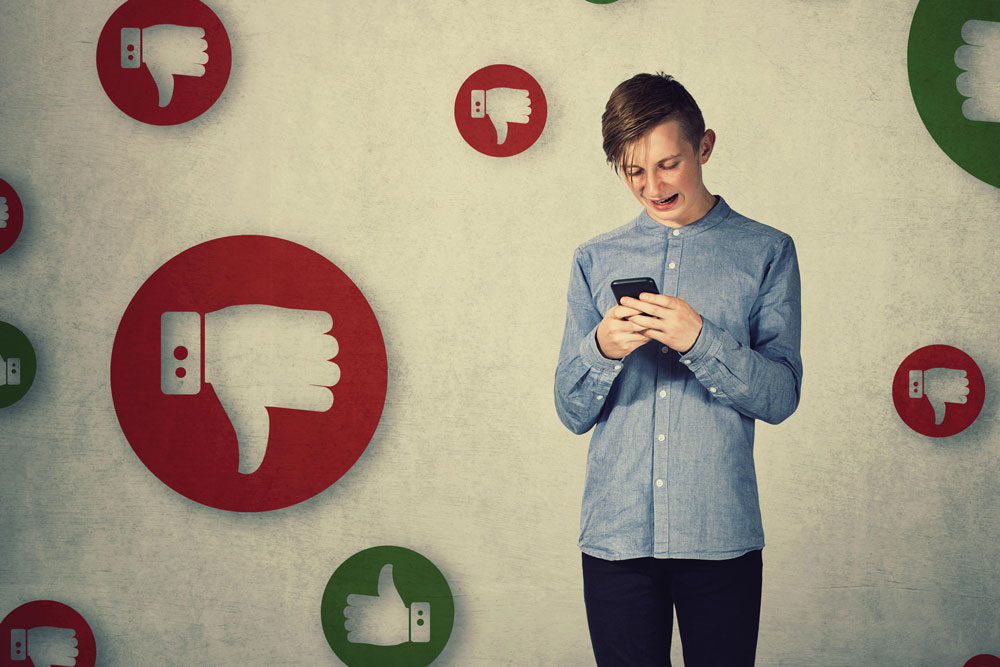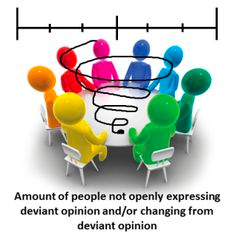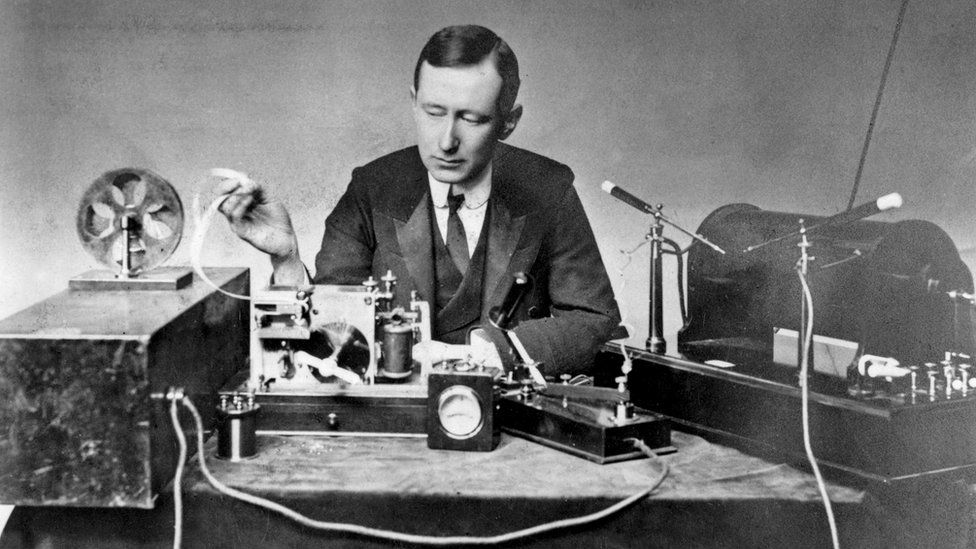In What Ways Does Social Media Platforms Act as So-Called "Disruptive Technologies"?
Disruptive technologies are innovations that fundamentally change how consumers function. The innovation is superior and therefore replaces other systems and habits. Social media is a prime example of a disruptive technology by how it has negatively impacted the common consumer. This blog will explore the many different reasons why social media is disruptive regarding the users sense of self and identity, especially to adolescents and future generations.While the popularity of social networking sites continues to grow, so does the users’ time on each page. Studies from the Kaiser Foundation show that American youth spend an average of 7 hours and 38 minutes per day on entertainment media. If you total that up, it roughly equals up to eight years of wasted life simply from scrolling on social media. This has numerous effects on young people and their behaviors, which is crucial during the period young people are still developing their personal identities. All in all, living in a media saturated world is changing the way people's identity is being formed which is the main reason why I see social media as a disruptive technology to the flow of life.
Adolescence is described as the period between childhood and adulthood; as well as the developmental stage in which parental influence decreases and peers become more important. Not only does the influence of peers become more important, but the need to be socially accepted, even if you must act like someone you're not, becomes highly salient in the adolescent years. With social media now being added to this statement, the need to be socially accepted becomes even higher.
Digital Identity
This reminds me of the famous painting of the Two Fridas by Kahlo Frida and provides a good visual of this if put into modern day terms. Though the painting is represented more towards in-person interactions revolving around a changed identity, it is also a useful visual in terms of understanding interactions online. The painting portrays Frida, (the creator of the painting), as two side by side images of herself. The left self portrait signifies Frida’s husband wanting her to be someone he desired. The right self portrait shows Frida how she wanted to be seen or truly felt. The direct meaning behind the painting was that her husband wanted her to be someone she is not, creating a false identity for Frida. However, Frida felt compelled to become the person her husband desired which caused her to neglect some of the qualities of her natural self, creating an identity conflict.
The painting of the Two Fridas heavily connects to online and offline identities because it shows how you portray yourself as someone you're not in order to receive acceptance from others, thus having two or more identities that are in conflict with one another. online identity is typically different from one’s real self because people try to portray the perfect sense of appearance and self expression online to receive validations of “likes” and followers, portrayed as acceptance, in hope to avoid rejection from peers. According to a Psychology professor, Mara Van Der Meulen,
Photo Editing and Photoshop
Additionally, something even more concerning in our society right now, is related to how peer feedback can strongly influence the way people view themselves. Girls are especially sensitive to the media’s ideal thin-body appearance. With peer feedback supporting this, it leads to low self esteem and high body dissatisfaction among people. Media imagery of super models for example, leads to heightened body dissatisfaction for average aged girls, leaving teenagers at high risk for developing eating disorders like anorexia and depression.
Though eating disorders are common when wanting to achieve the ‘perfect image’ of yourself, destructive behaviors manifest in other ways as well, such as young adolescents editing physical online appearances to achieve how they want the world to see them. A Nature Communications article states that when looking at a perfectly clicked picture, we start to admire it, but most pictures we see are not exactly how those people or scenes look like in real life.
Social Media is a place where everyone wants the approval of others, so people try their hardest to post the best picture of themselves they possibly can, even if they have to change their physical identity through an app or filter to make themselves look skinnier or reduce the appearance of blemishes. It is very common for people to feel the need to distort their reality to feel better about themselves and create a false representation of how they want the world to view them. This constant exposure to “perfection and false perfection” from social media ripples toward other young adolescents, ultimately leading to the destruction in development of self-identity and self-esteem in young media users. The concept of identity used here is on a more personal level and suggests that people have desired self-images of themselves that they wish to attain at some time in the future. Hence, individuals aim to transform their current individual characteristics into those of their virtual self-image.
Fake Digital Identity Becomes Fake Offline Identity
Erving Goffman quotes, “individuals develop a sense of self from creating an impression they wish to give to others.” Through likes and comments on social media, we receive the most instantaneous feedback on the adjustments we should make to our identities, which eventually becomes a part of our identity itself. Essentially, adolescents depend on social groups to figure out who they are, and social media becomes an exercise in relentless public judgment.
As I was scrolling on my instagram feed earlier today, I casually saw this everyday post of a girl asking her followers to tell her what she needs to change to be more pretty and to be brutally honest, (image to the right). How crazy is that that she is so desperate to make herself more ideal for her followers that she needs to ask them what to change for more approval. All this leads to is self-censoring and editing of offline identities to match their online ideal identities. This is where people then struggle to reconcile different versions of themselves, what is true and what is not true, especially when managing online and offline friendships.
For reasons relating to personal identity, I believe that maybe there should be an age requirement of eighteen or older for unregulated use of social media platforms since this technology is so disruptive. In this blog, we only explored how the technology was disruptive with identity issues, but there are an abundant of more prominent issues regarding social media, take decreased brain development for example. Having access to all of this information at a young age all in all leads to lasting damaging effects. Whether through time limits, required parental consent, or other nationally mandated means, limiting adolescent use of social media has the potential to drastically increase the quality of life of the young people who currently use it. While limiting social media this way will have positive effects on how adolescents interact with one another, perhaps the greatest effects will come from the protection of the personal identity so that everyone can fulfil their truest sense of self.
































